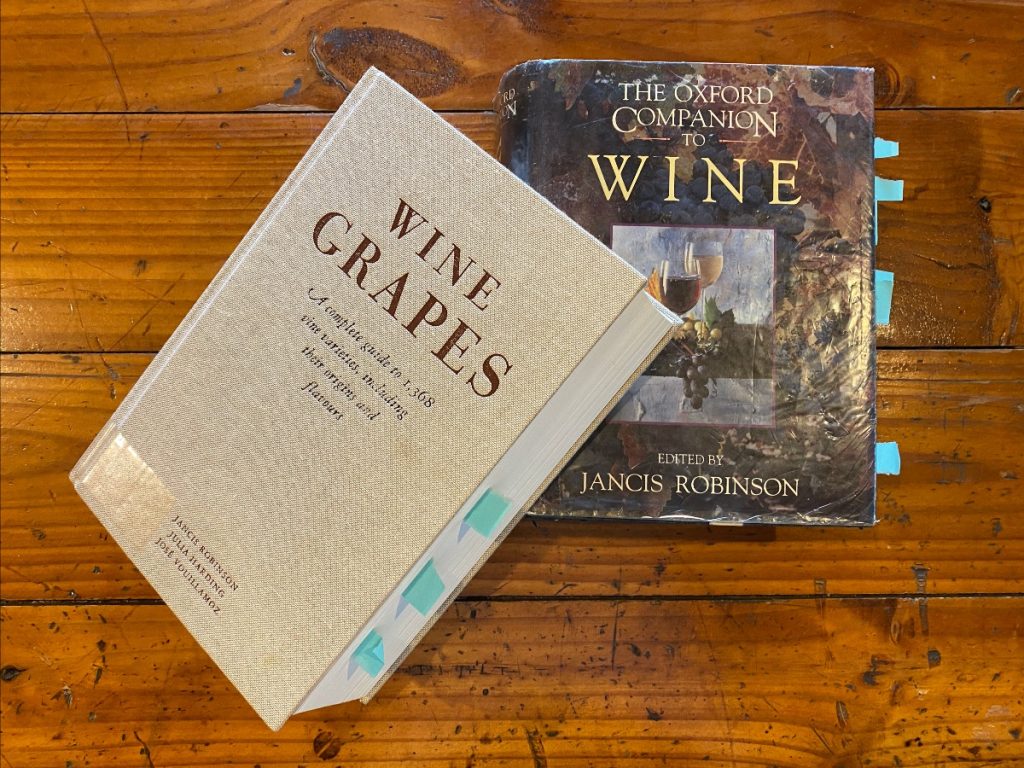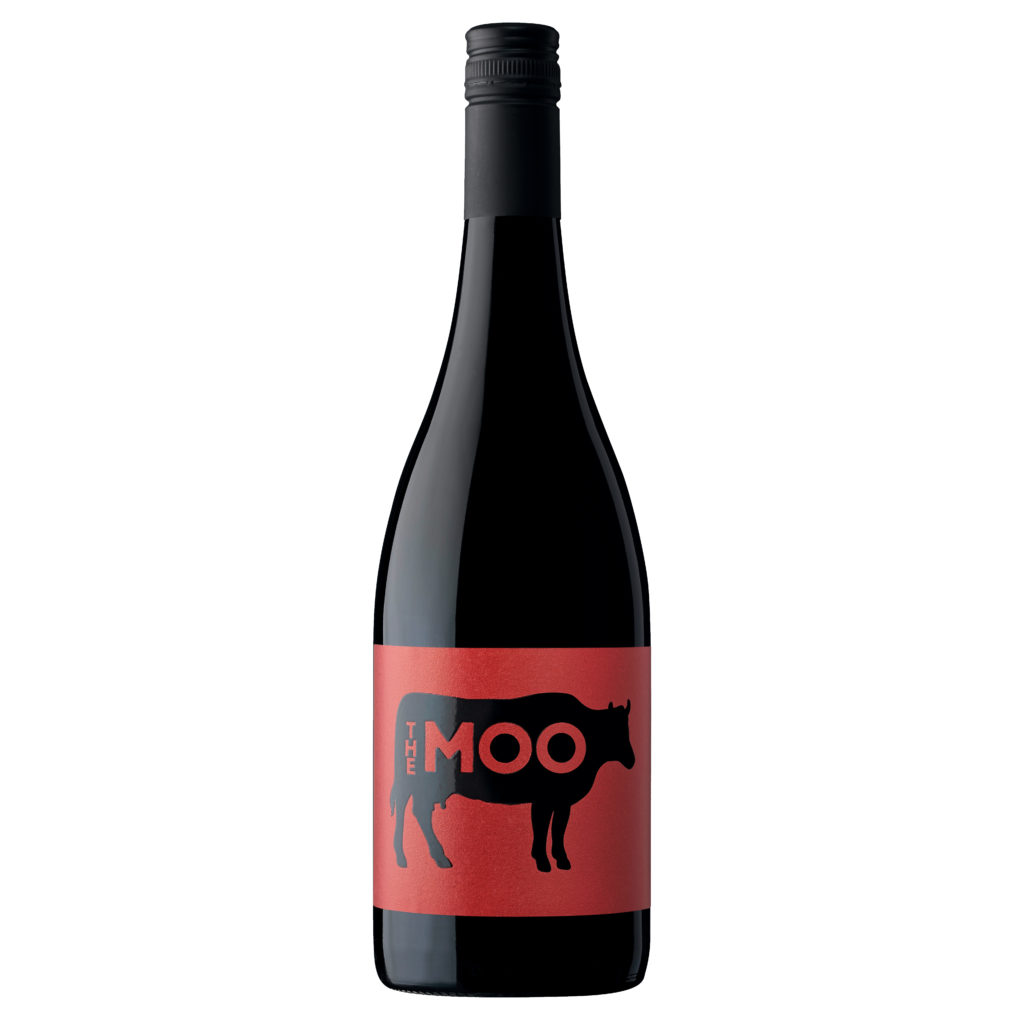
Cabernet Franc
A Brief History
Cabernet Franc is our current favourite wine variety. And if you’re a wine nerd like us you’ll be just as fascinated by its pedigree as we are.
“Cabernet Franc is undoubtedly one of the most important and ancient varieties in the Bordeaux region.” (Robinson et al., 2012)
Bordeaux wines are predominantly blends of varieties that spring from Cabernet Franc like Merlot and Cabernet Sauvignon, which are the two most widely known hybrids of Cabernet Franc, alongside lesser know varieties such as Carmenere. Therefore the importance of Cabernet Franc cannot be overemphasised in reference to the Bordeaux region.
A large part of the reason Cabernet Franc is so widely grown in Bordeaux is less because of its herbaceous aroma and fruity palate and more due to its budding and maturation patterns. “It buds and matures more than a week earlier than Cabernet Sauvignon, which makes it more susceptible to coulure*, but it is easier to ripen fully and much less susceptible to poor weather during harvest.” (Robinson, 1994). For this reason, Cabernet Franc is often thought of as a sort of insurance policy against poor weather conditions that may adversely affect viticultural performance, yields and quality of Cabernet Sauvignon and Merlot.
Fun fact: The earliest mention of Cabernet Franc was a reference by the French writer François Rabelais in his Gargantua, published in 1534 (Rézeau 1997).
Our hotter Barossa climate places less of a need on Cabernet Franc as an insurance policy against Cabernet Sauvignon and Merlot compared to Bordeaux where the climate is cooler and the soil damper. As a cool climate wine, it is paler and lighter, softer in tannins and fruit-forward. Whereas in hotter climates it becomes more herbaceous and shorter on fruit, darker in colour and more intense in body.
Fun fact: In the early ’90’s Cab Franc was fairly common in Kosovo and was the only western grape to be grown for red wine production in Albania. (Robinson, 1994).
Cabernet Franc made up only 0.4% of red wine grapes grown in Australia in 2019, according to the Wine Australia Variety Snapshot (2019). So if you visit our cellar door and hear us say the words “it’s very rare to find Cabernet Franc as a stand-alone variety”, we’re not exaggerating! In Australia, Cabernet Franc is often grown with the express purpose of blending with Cabernet Sauvignon, as it has a tendency to soften more tannic varieties. We have been taking advantage of this application in our Samuel Nitschke Cabernets since 2004. However, in 2015, we began to take full advantage of Cabernet Franc as a single varietal in our The Moo Cabernet Franc.
We had a lot of fun doing a little extra research for this feature on Cabernet Franc and we hope you’ve had fun too.
*Coulure is a natural phenomenon where unripe grapes fall off the vine, drastically reducing yield in some years.
-Jancis Robinson, Julia Harding, José Vouillamoz. Wine Grapes. Penguin Group, 2012.
-Jancis Robinson. The Oxford Companion to Wine. Oxford University Press, 1994.

In Bottle
Our 2016 The Moo Cabernet Franc truly is a wine for a classic palate. With an almost spicy aroma of caraway seed, violet and pencil shavings, it’s juicy on the tongue and tastes of blackcurrants and raspberry compote. Dusty tannins add unparalleled balance while the finish is clean and soft, and sparkles with hints of morello cherries. This wine is absolutely unmissable.

We can’t say it enough, thank you so much for your ongoing support!
Stay safe.
